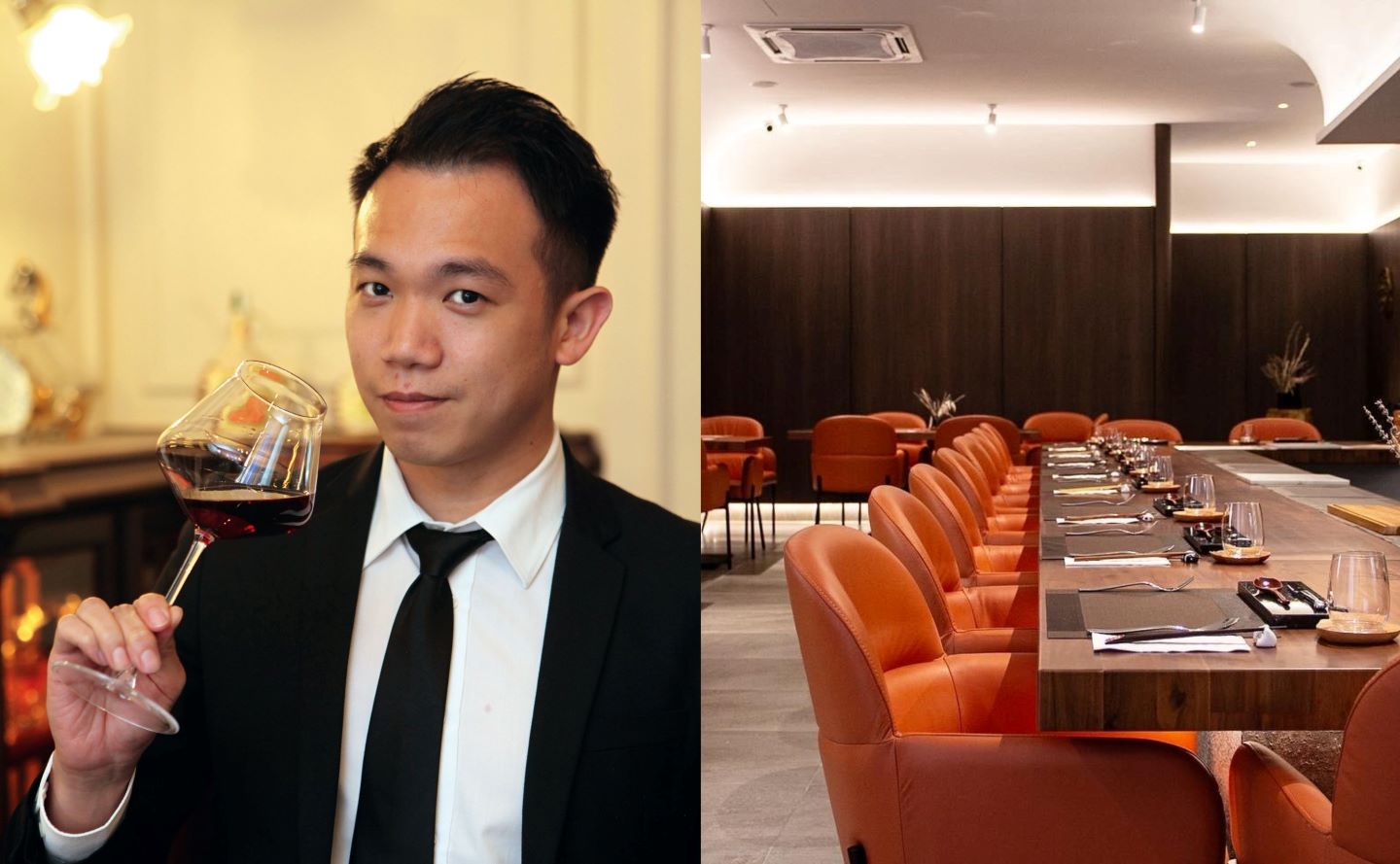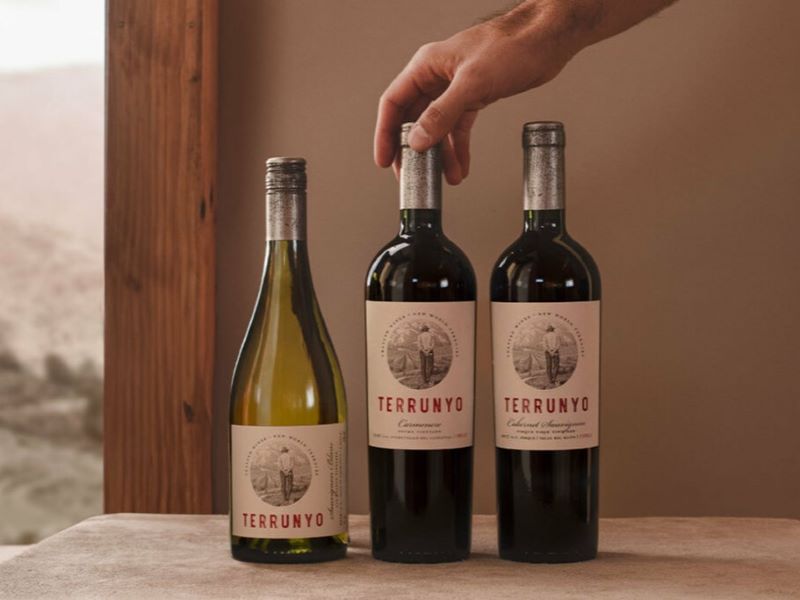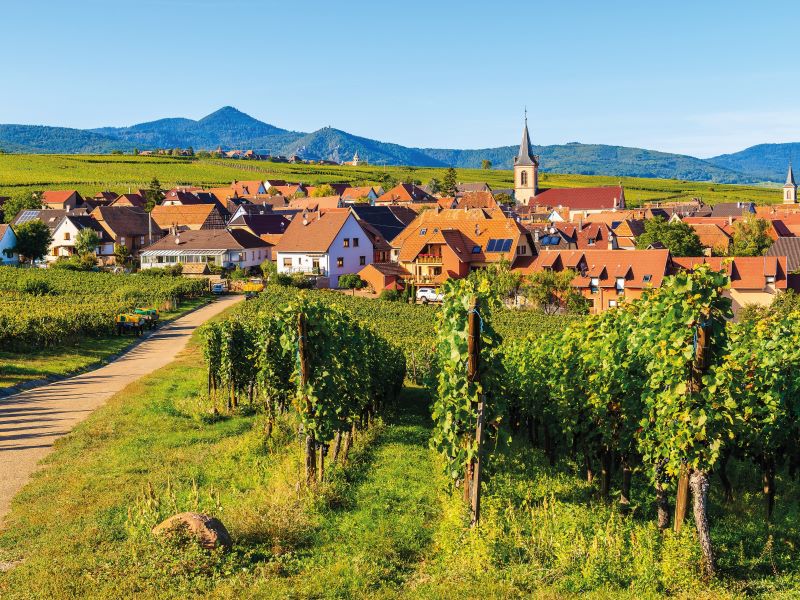
Ho will speak at Carbon's Jewels of the New World wine dinner (Photo: Justin Ho/Carbon)
Options: Tell us when the wine bug bit you. Was there a specific event or bottle that did it?
Justin Ho: It must have been in 1998 or 1999, when I tried my first sip of wine. My father was working in Germany and we had travelled to Frankfurt to reunite with him. A friend of his organised dinner and was pouring wine for all of us to try. I was 11 or 12 years old and I remember distinctly this slightly sweet, off-dry drink loaded with fruit and floral flavours. Of course, it was a German Riesling and that’s how everything started.
You won Best Sommelier of Malaysia thrice. Tell us your opinion of the industry landscape.
Wine-wise, we always think Malaysia falls behind a lot of other Asian countries, but that’s not true and we proved it when I was able to represent our country in 2018, coming in third in the Best Sommelier of Asia-Oceania by L’Association de la Sommellerie Internationale (ASI). We have always been progressive and there is still much potential. Malaysians are adjusting their pace and becoming more adventurous and open to trying wines from all over the world. I would love to see more esoteric grapes and wines from countries like Austria, Portugal and parts of Central and Southeastern Europe. Why? Because they are so underrated and undervalued at the moment.
How did you become a sommelier?
I had been interning as a tutor at Taylor’s University and then lecturing on F&B since 2010. A Court of Master Sommelier (CMS) course was organised by The Wine Academy in Kuala Lumpur the year after, and I was asked to join it. It became a life-defining experience and, from there, I started to work part-time at numerous restaurants and even wine-related events to hone my skills. I was chief sommelier at The Private Room in Taman Tun Dr Ismail, KL, from 2015 to 2017 and will soon start at a new spot called Park90 at The St Regis KL while still lecturing at Berjaya University College.
You have an upcoming Jewels of the New World wine dinner at hot new restaurant, Carbon. How did this come about?
It is organised by Concha y Toro, one of South America’s biggest wine producers, to highlight their premium brands such as Trivento and Terrunyo, which provide excellent value for consumers. Chile and Argentina produce lots of good wine but are often overshadowed by the US, New Zealand and Australia. This round, we are letting the wines of both Latin American countries shine bright like a diamond, hence the dinner’s name.
terrunyo.jpg

Do you have any favourite varietals?
It has to be Riesling, as it was the first wine that caught me off guard and it tops my chart for its fruit and floral expressions and good, crisp acidity. Sauvignon Blanc is also a ‘hero’ grape for me, as it is so expressive and completely distinctive of its terroir. My favourites would probably be from Sancerre or Pouilly-Fumé. For reds, I would also go for an Italian Sangiovese — a Brunello di Montalcino, to be precise, as it always has nice firm tannins, great fruit expression, good herbaceous notes and fresh acidity.
What would you say are the best Malaysian food and wine combinations?
That’s tough, as everyone will have their own ideas and tastes. I always love pairing a good Chablis with dim sum, as the wine’s minerality and acidity will enhance the sweetness of har gow or other dumplings filled with seafood paste. I also enjoy Spanish Monastrell with a dry-style bak kut teh, as its fruitiness and juiciness balance and prolong the dish’s texture and finish. When eating rendang, curry or briyani, I might opt for a fresh, off-dry Gewürztraminer from Alsace to mellow the spice and bring calm to the dish’s burning character. For a more expressive explosion of spice flavours in the mouth, go for a heavier-bodied red like a Côte-Rôtie or Châteauneuf-du-Pape.
What are you reading right now?
A few books concurrently, as I am taking my WSET Level 4 exams and plan to sit for my Advance Sommelier by CMS soon. I am reading Vines & Vinification by WSET, which is a comprehensive and informative read on everything you need to know about vines and winemaking. The World Atlas of Wine and The Oxford Companion to Wine are also good to have on hand. If you want a simple, easier book, go for Wine Folly.
What are you listening to right now?
Different tutors’ recorded videos on different topics of WSET Level 4 classes. Right now, it is topics about fortified and sparkling wines, as both are the subjects of my next exam category.
Where would you recommend travelling to for a destination that combines beautiful scenery with fantastic wines?
Plenty. In New Zealand, Hawke’s Bay or the Central Otago region. Alsace in France and some places in Europe, such as Valais in Switzerland and the Valle d’Aosta and Valtellina in Italy, offer vineyards with views of the Alps. I recently returned from Austria’s VieVinum in Vienna. Its wine marketing board had organised a trip for delegates to visit wineries in Burgenland and I have to say they were simply stunning!
137129618_l_normal_none.jpg

You were also just in Hungary. What’s good to drink there, besides its famous tokaji?
Hungarian red wines can be quite good and a lot of them are made to pair with paprika-spiced dishes such as meat courses and goulash. I would suggest drinking Egri Bikavér (or the Bull’s Blood of Eger), a red dominated by Kékfrankos, as well as other international grapes like Kadarka, Cabernet Franc, Merlot and Cabernet Sauvignon.
And where might you be travelling to next?
Probably California in the US, for the Sommelier Bootcamp by ASI. I would also be sure to work in quite a lot of winery visits while there.
Justin Ho will speak at the Jewels of the New World wine dinner (priced at RM350+ per person) on June 12, 7pm, at Carbon, Kota Damansara. For reservations, call (012) 988 7219.
This article first appeared on June 10, 2024 in The Edge Malaysia.


